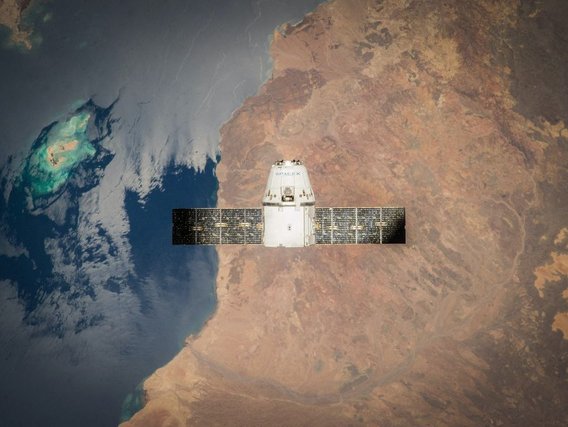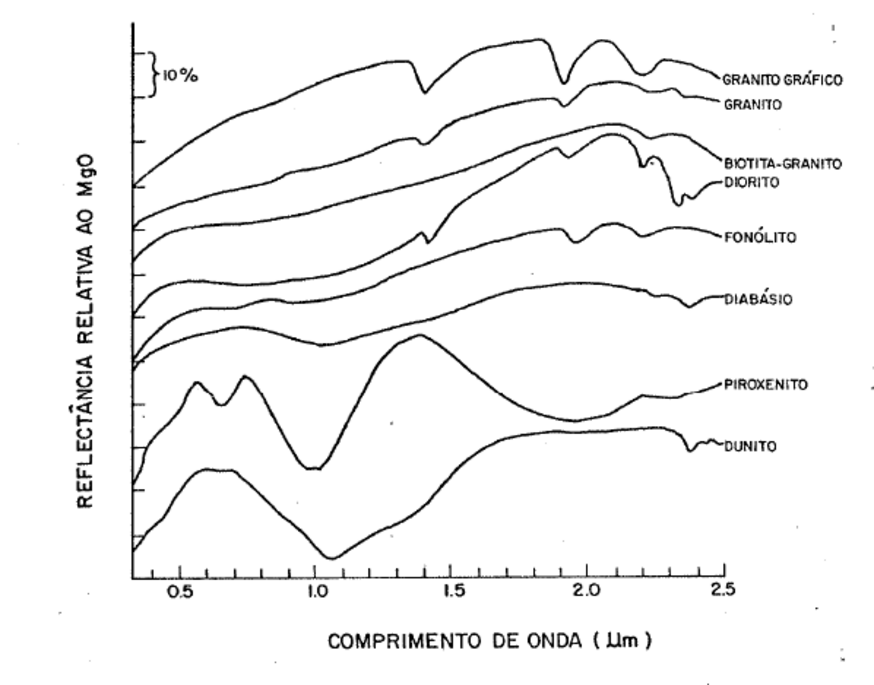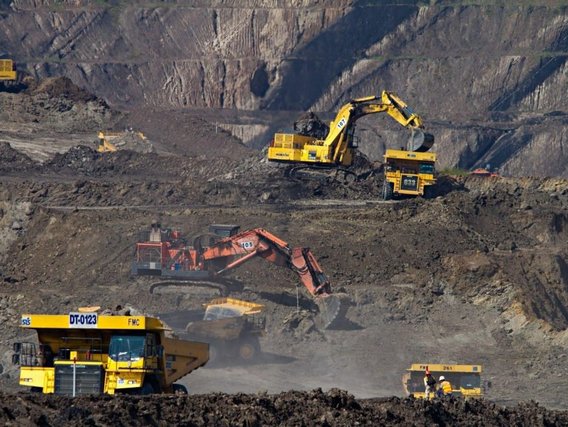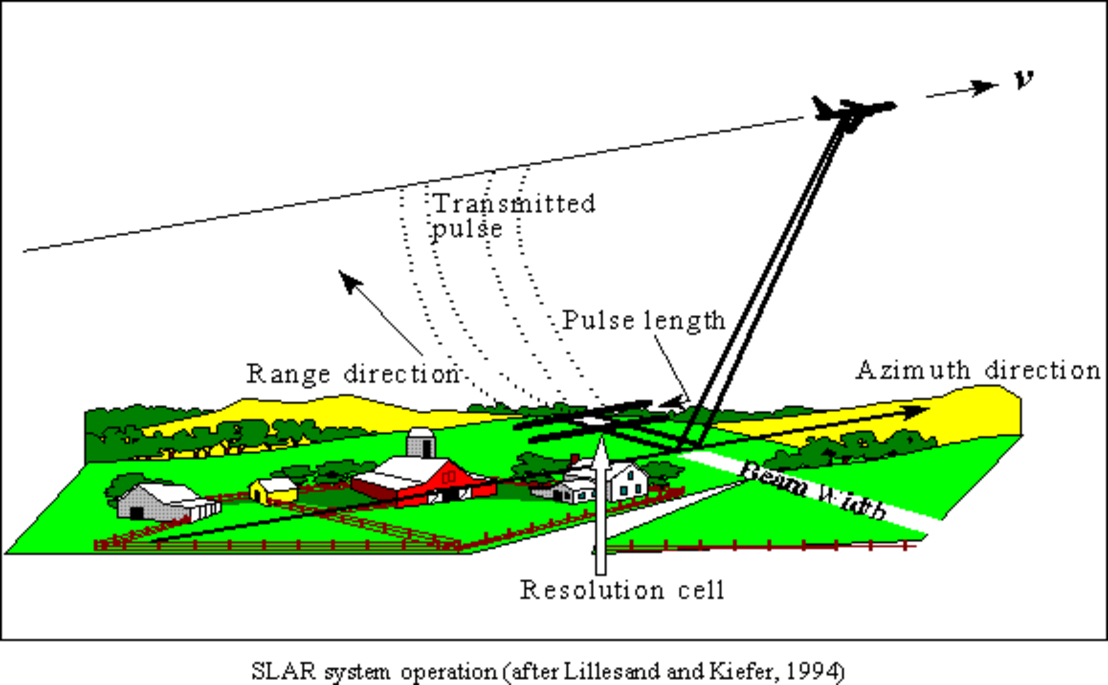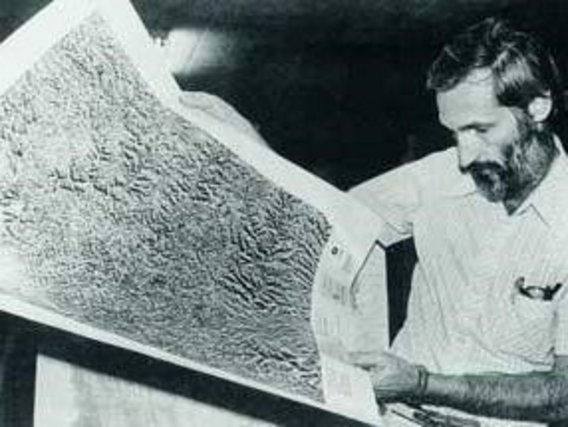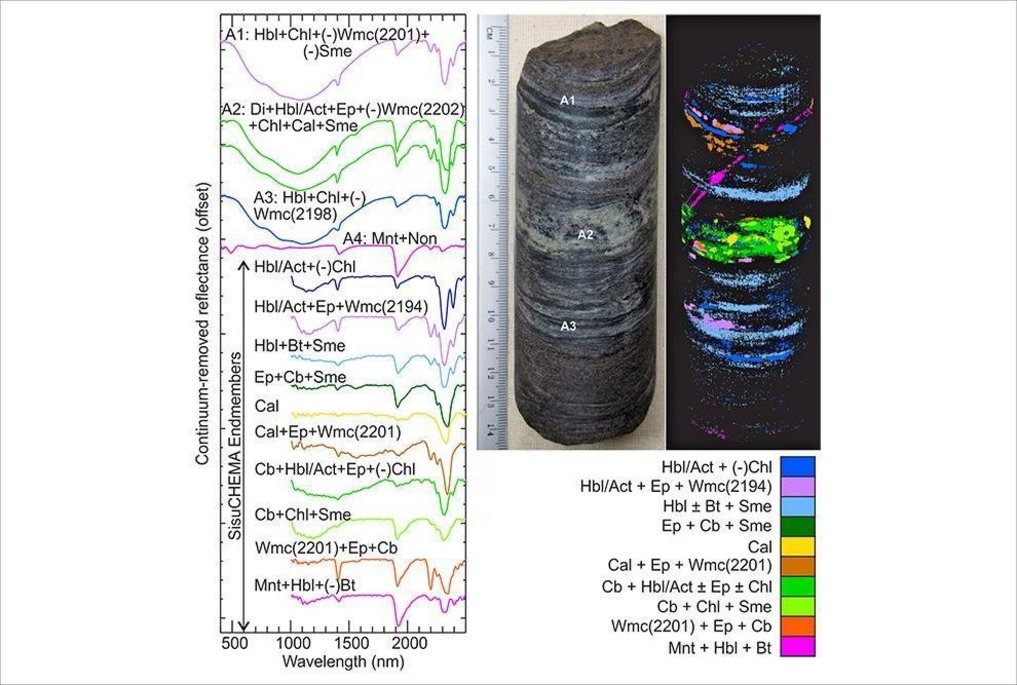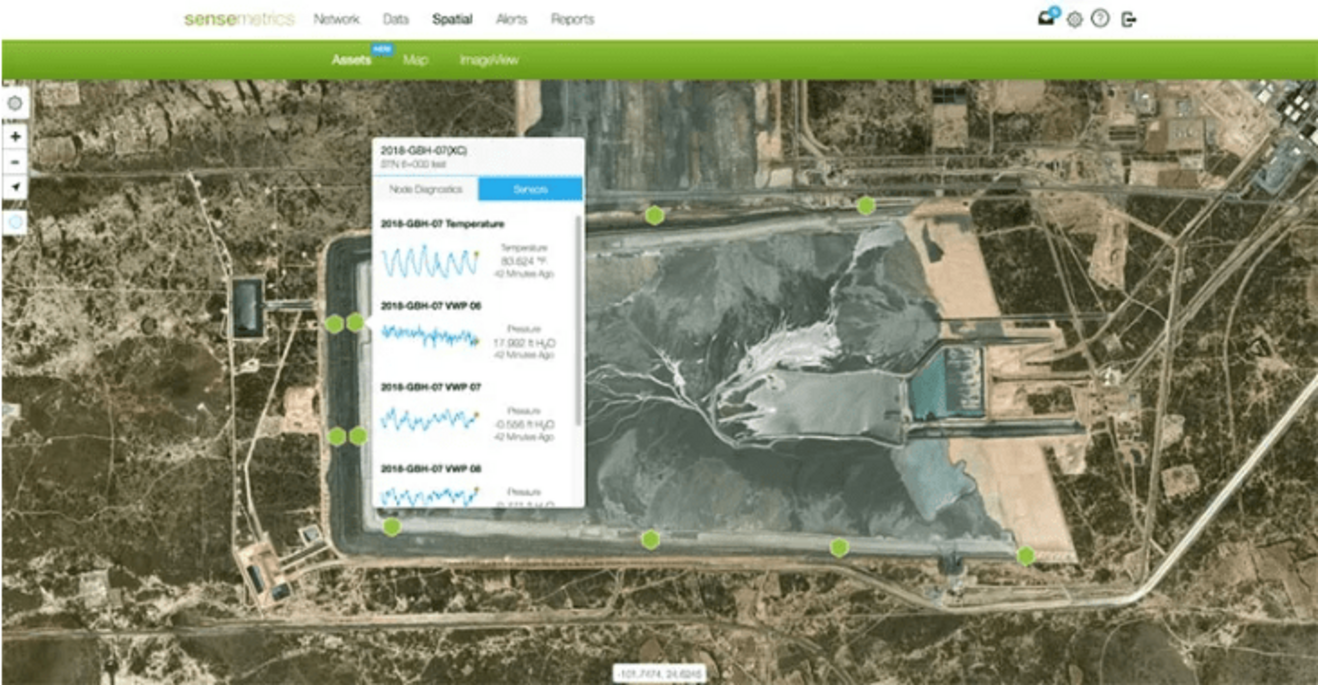ALMEIDA FILHO, Raimundo. Orbital remote sensing applied to mineral prospecting in the tin provinces of Goiás and Rondônia: a methodological contribution. 1984. Doctoral thesis. University of São Paulo.
PARANHOS FILHO, A.C. et al. Geotechnologies for environmental applications. Maringá, PR: Uniedusul, 2021.
ARAÚJO, Marcelo Henrique Siqueira de. Fundamentals of geoprocessing applied to mining / Marcelo Henrique Siqueira de Araújo. Cruz das Almas, BA: UFRB, 2017.
CRÓSTA, ÁLVARO PENTEADO. Spectral characterisation of minerals of interest - mineral prospecting and its use in digital image processing. Simpósio Brasileiro de Sensoriamento Remoto, v. 7, n. 1993, p. 202-209, 1993.
Satellite remote sensing in the discovery of deposits. Available at: <https://agregadosonline.com.br/sensoriamento-remoto-via-satelite-jazidas/>
The importance of satellite images for mining. Available at: <https://www.codexremote.com.br/blogcodex/qual-a-importancia-das-imagens-de-satelite-para-mineracao/>
RADAM-D. Available at: <https://www.cprm.gov.br/publique/Geologia/Sensoriamento-Remoto-e-Geofisica/RADAM-D-628.html>
IG study adds new knowledge for gold prospecting. Available at: <https://www.unicamp.br/unicamp/noticias/2019/05/03/estudo-do-ig-agrega-novos-conhecimentos-para-prospeccao-aurifera>
Seminar at CREA/MG will focus on the importance of monitoring and managing dams in real time. Available at: <https://agregadosonline.com.br/seminario-no-crea-mg-monitoramento-de-barragens/>
Brenda Costa Belchior Guimarães
Mining Engineering student at the Federal University of Minas Gerais and DMT intern.
brenda.belchior@dmt-group.com
